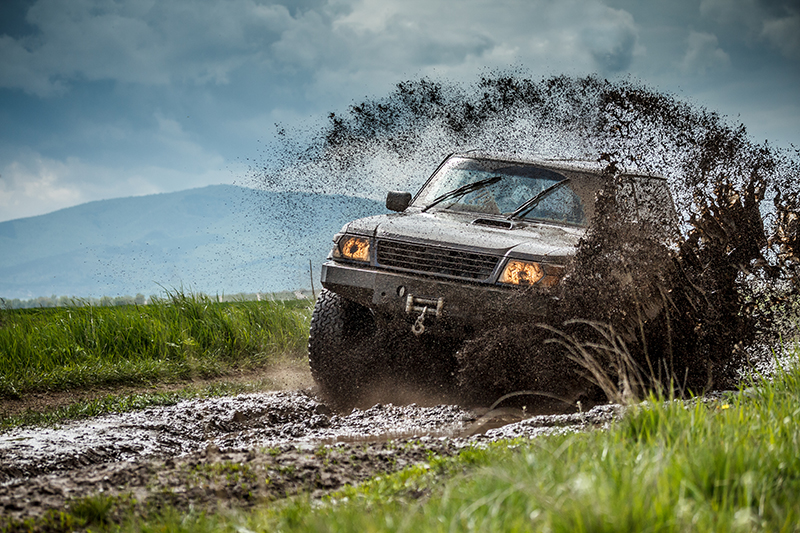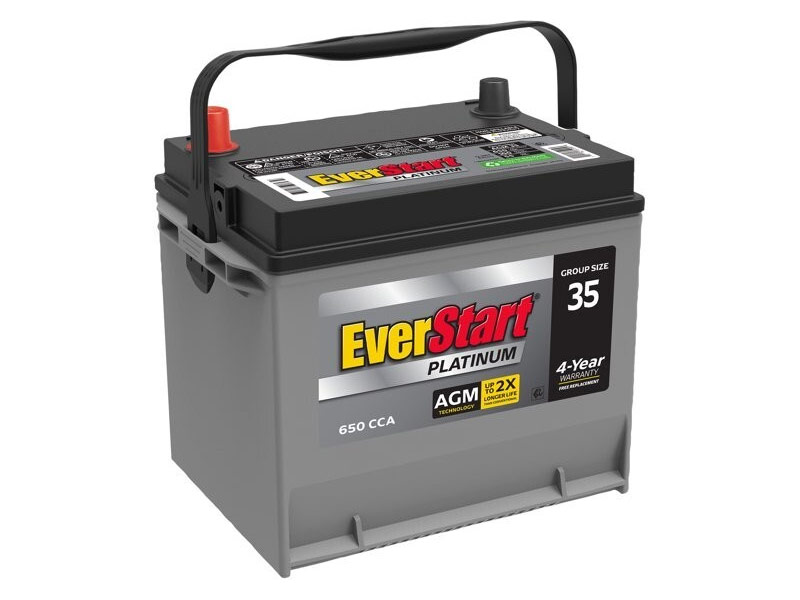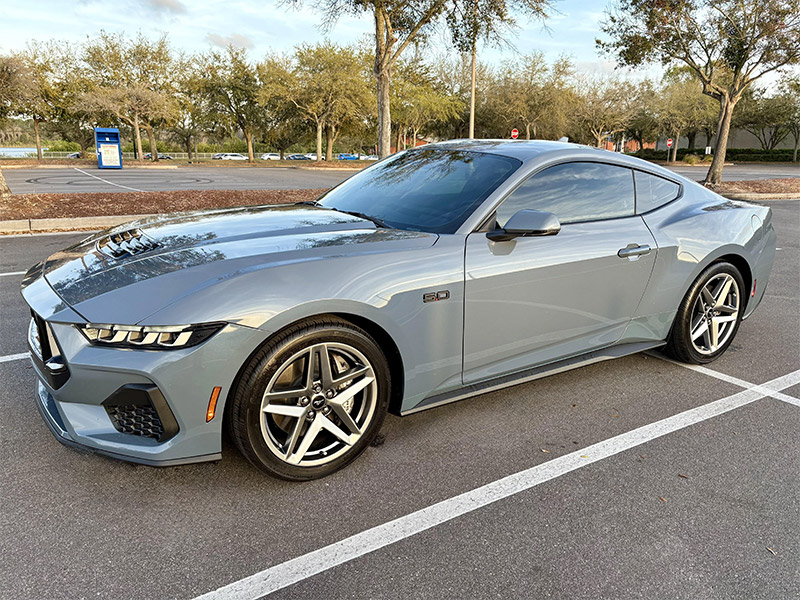
Off-road vehicles are designed to tackle challenging terrains, whether it’s mud, sand, snow, or rocky trails. A critical component that enables these vehicles to handle such conditions is the drivetrain. The drivetrain system not only transfers power from the engine to the wheels but also plays a vital role in ensuring the vehicle maintains traction and control in harsh, uneven environments. This article explores the different types of drivetrains suited for off-road applications, how they work, and their advantages.
Key Drivetrain Types for Off-Roading
- Four-Wheel Drive (4WD)
Four-Wheel Drive (4WD), also known as 4×4, is a drivetrain configuration that delivers power to all four wheels simultaneously. Typically, 4WD systems are designed for off-road use, allowing drivers to engage and disengage the system manually, depending on terrain conditions.
How It Works:
- Part-Time 4WD: In this system, the vehicle operates in two-wheel drive mode under normal conditions, typically powering the rear wheels. When additional traction is needed, the driver can manually engage 4WD to send power to all four wheels. This setup usually includes a transfer case that divides power between the front and rear axles.
- Full-Time 4WD: This system constantly sends power to all four wheels, distributing torque as needed for maximum traction. Some full-time 4WD systems come with selectable modes to optimize performance for different conditions.
Advantages of 4WD:
- Superior traction: 4WD is excellent for climbing steep hills, navigating deep mud, and crawling over rocks. It provides equal power to all wheels, helping the vehicle maintain grip in tough off-road conditions.
- Low-range gearing: Many 4WD systems come with a low-range gearbox, allowing the vehicle to crawl slowly and steadily over rough terrain without losing control.
Disadvantages of 4WD:
- Weight and complexity: 4WD systems tend to be heavier, adding weight to the vehicle, which can reduce fuel efficiency.
- Less efficient on-road: 4WD systems are optimized for off-road use and are less efficient on paved roads, where all-wheel drive or two-wheel drive may be more suitable.
- All-Wheel Drive (AWD)
While All-Wheel Drive (AWD) is commonly found in crossover SUVs and passenger vehicles, it is also suitable for light off-road applications. Unlike 4WD, AWD systems are typically automatic and do not require manual engagement. Power is distributed to all four wheels at all times, but the system adjusts torque based on the level of traction required for each wheel.
How It Works:
- AWD systems use sensors to monitor wheel slip and road conditions, automatically adjusting the distribution of power between the front and rear axles.
- Many AWD systems are biased toward one axle (either front or rear), sending additional power to the other axle only when the system detects a loss of traction.
Advantages of AWD:
- Convenience: AWD operates automatically, requiring no input from the driver, making it easy to use for light off-roading, such as gravel roads or light mud.
- Improved traction in mixed conditions: AWD offers better traction on slippery or uneven surfaces, such as wet roads, snow, or light dirt trails.
Disadvantages of AWD:
- Not as capable in extreme conditions: AWD lacks the low-range gearing found in 4WD systems, which limits its ability to handle extreme off-road conditions like rock crawling or deep mud.
- Less control: AWD systems are designed to operate automatically, which gives the driver less direct control over how power is distributed to the wheels.
Locking Differentials and Limited-Slip Differentials
In addition to 4WD and AWD systems, many off-road vehicles are equipped with specialized differentials to improve traction. These systems prevent wheel slip and help ensure that power is delivered to the wheels with the most grip.
- Locking Differentials: A locking differential forces both wheels on an axle to rotate at the same speed, even if one wheel has no traction. This is particularly useful in off-road scenarios where one wheel might be off the ground or stuck in a low-traction area like mud or sand.
- Limited-Slip Differentials: These differentials allow some difference in wheel speed between the two wheels on an axle but will send additional torque to the wheel with more grip when slippage is detected. This provides better handling than a standard differential while offering improved traction in challenging conditions.
Drivetrain Components Essential for Off-Roading
Several components enhance the performance of off-road drivetrains and contribute to a vehicle’s ability to conquer rough terrain:
- Transfer Case: Found in 4WD systems, the transfer case is responsible for dividing power between the front and rear axles. Many transfer cases also offer a low-range gear, which provides additional torque at low speeds for tough off-road conditions.
- Skid Plates: While not directly part of the drivetrain, skid plates protect essential components like the transmission, transfer case, and differentials from damage caused by rocks, debris, or rough terrain.
- Solid Axles: Some off-road vehicles feature solid axles, which are more durable and offer better articulation (wheel movement) than independent suspension systems. This allows the vehicle to maintain traction and stability over uneven surfaces.
- Traction Control Systems: Modern off-road vehicles may include electronic traction control systems, which use braking and throttle adjustments to prevent wheel slip and maintain traction on slippery surfaces.
Choosing the Right Drivetrain for Off-Roading
The choice between AWD, 4WD, and specialized off-road differentials largely depends on the type of off-roading you plan to do:
- For casual off-roading or vehicles that spend most of their time on paved roads, AWD systems offer a good balance of traction and convenience. They are ideal for light trails, gravel roads, or snowy conditions where full 4WD may not be necessary.
- For serious off-road enthusiasts tackling rough trails, steep inclines, or extreme environments, 4WD is the superior choice. Its manual control, low-range gearing, and ability to lock differentials make it far more capable in demanding off-road conditions.
- For extreme off-road applications, such as rock crawling or deep mud, vehicles equipped with 4WD, locking differentials, and other specialized off-road equipment will provide the most traction and control.
Conclusion
Drivetrains designed for off-road applications must offer robust performance, control, and adaptability to handle challenging terrain. While both AWD and 4WD systems have their advantages, serious off-road driving requires a drivetrain equipped with low-range gears, locking differentials, and other off-road-specific components. Choosing the right drivetrain depends on the type of off-road driving you plan to do, ensuring you have the traction and capability needed to tackle any trail or challenge.

